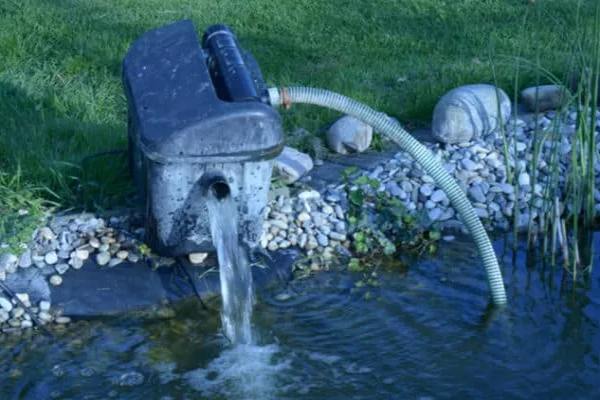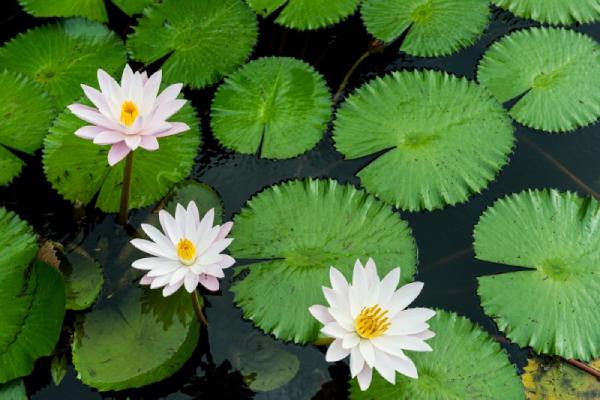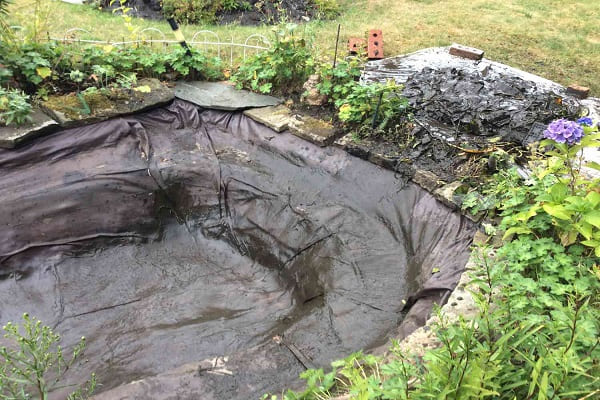Can You Put Bricks in a Pond? Things You Should Know
Over 65.34% of pond owners use bricks in their pond due to their adaptability, but despite the fact that a vast number of pond owners use bricks, some are not comfortable with using them, hence the query, “Can I put bricks in a pond?”
Well, if you are among those who are not sure about putting bricks in a pond, today is your lucky day because we will discuss in detail all you need to know about putting bricks in a pond, but first, let’s get to know more about bricks.
What are bricks?
Bricks are square or rectangular blocks of clay, shale, or other suitable materials that have been dried in the sun or baked in an oven to harden them.
Because of their resilience, strength, and beauty, they have seen extensive application in the building industry, something like clay brick ponds. Bricks have an important role in the setting of ponds, whether for creating boundaries, building retaining walls, or erecting ornamental features, buying bricks for ponds can make your pond last longer.
Whether you’re a homeowner or a pond enthusiast, this blog post will provide valuable insights to help you figure out what bricks are, the dangers of using them, and how to use them safely in your pond. So keep scrolling.
Now, let’s quickly look at the dangers of using bricks.
Dangers of using bricks
Though bricks have been prized for their durability and classic looks as a construction material for centuries, pond owners should be aware of the many risks and hazards associated with the use of bricks in pond construction.
The dangers of submerged bricks to fish and the possibility of having to replace interior walls sooner than intended will be discussed in this section.
Bricks submerged in water may not maintain in the winter
Bricks have a solid reputation for longevity, but how they hold up when buried in water during the winter can be a cause for concern.
Bricks may crack, crumble, or even completely disintegrate due to the stress of repeated freezing and thawing. This weakness could jeopardize your pond’s structure, leading to expensive repairs.
If you want to hold fish in your pond, using bricks may be dangerous
Ponds are safe havens for fish, which in turn helps to maintain healthy aquatic ecosystems. Bricks in a pond may seem like a good idea, but they might present a new set of problems if you’re trying to make it safe for fish.
Fish may be injured by the sharp edges and rough surfaces of bricks. When fish swim up against these hard surfaces, they risk getting cut or scratched.
In addition, bricks can release chemicals like lime into the water, which can have a significant effect on the pH level and, in turn, on the health of your fish.
You may have to replace the internal wall sooner rather than later
Though bricks are crucial in pond building as they act as both retaining walls and perimeter walls. The internal walls, however, may not always have the same lifespan as the exterior.
Water, moisture, and other environmental elements can wear down the bricks over time and cause them to deteriorate, erode, or crumble.
The internal wall of your pond may need to be replaced sooner than you had anticipated due to this slow deterioration, which will incur unexpected costs and negatively impact the pond’s appearance.
However, there are ways you can make use of bricks without harming your fish, and they will be discussed in the next section.
How to use bricks safely
Because of their enduring beauty and allure, ponds built out of brick are a popular choice.
However, special care must be taken when working with bricks to provide a secure and long-lasting pond environment.
In this section, we’ll go on an interesting and educational journey to learn the ins and outs of utilizing bricks in your pond without risking your pond’s or fish’s health.
Add a sealant around the inside of your pond
A high-quality sealant applied around the inside of your pond creates a barrier that prevents water from penetrating and damaging the bricks. This sealer forms a waterproof barrier, keeping water out and preserving the bricks’ structure.
Not just that, sealants not only keep the bricks safe, but they can also make your pond look better. You can add a unique touch of style to your pond by using one of the many colored sealants available.
Use a water softener
Adding a water softener to your pond has numerous benefits for the aquatic habitat, in addition to helping the bricks last longer.
Mineral deposits and scale from hard water, which is high in calcium and magnesium, can accumulate on bricks over time.
If you install a water softening system, you can avoid the buildup of harmful minerals and maintain the bricks’ clean appearance.
In addition to fostering better plant and aquatic life, soft water decreases the likelihood of clogged filters and improves the pond’s overall clarity.
Additional safety measures when using bricks
It’s important to use sealants and water softeners when working with bricks, but there are a few other things you can do to keep your pond safe and pleasant.
Proper foundation and construction
Before putting in the bricks, make sure the bottom of your pond is properly prepped and flat. As a result, the construction as a whole will be more solid and safe.
Regular inspections and maintenance
Maintaining your pond entails frequently checking for corrosion, cracks, and movement in the brickwork around it. Don’t let problems fester; act quickly to fix them.
Adequate drainage
The accumulation of water behind brick walls can be avoided with adequate drainage. If you want to avoid flooding, make sure your pond has good drainage.
What To Use Instead of Brick
If you’re still skeptical about putting bricks in your pond, not to worry, there are other alternatives that are safe for both your pond and fish.
Flexible Liner
Flexible liners typically fabricated from EPDM rubber or PVC, are extremely adaptable. They’re malleable, so you can make a pond that fits your exact specifications.
In addition to allowing you greater freedom of design, flexible liners offer outstanding durability and resistance to UV rays, prolonging the life of your pond.
To make your liner more durable, you can add cement on the top. This will give it extra strength.
Engineering Stone
Using engineering stones in your pond design can do wonders for achieving a more natural and rustic look and feel.
These stones, made to look and feel like natural stone, will give your pond a touch of classic beauty.
Engineering stones are a great alternative to bricks because they are not only lighter but also more durable and easier to work with.
Because of the way they fit together, your pond will be safe and sound for years to come.
Clay
Clay is another great alternative to bricks. Clay liners do not only keep your pond secure and aesthetically pleasing, but are environmentally friendly.
They are pliable and aid in pH regulation, too. Though clay liners are expensive, they are effective and are frequently used to prevent leaks.
Dirt
Despite the fact that dirts are rarely utilized because they make the pond water murky and dirty, they are also great alternatives to bricks.
Dirt is the best option if you want a pond that is cheap and also environmentally friendly.
However, if you’re intending to use dirt, do well to keep an eye out for leaks or rain-catching as both can occasionally be detrimental to the plants around your pond.
Conclusion
Obviously, in this blog post, we have been able to provide the answer to the question, “Can I put bricks in the pond?”
It’s also important to note that bricks are not as harmless as they appear; in fact, they may wreak havoc on the delicate environment of a pond.
Even though bricks shouldn’t be placed directly in your pond, there are many other options that can serve the same purpose.
Natural stones with inherent beauty, engineering rocks, dirt, and clay are all good examples. These additions not only make your pond seem better but also protect the aquatic life in it.
FAQs
Bricks pose a threat to the aquatic ecosystem by disrupting water balance and circulation, ultimately harming your fish.
Lime or cement, which are found in bricks, can leach into waterways and be detrimental to aquatic life. They can also form obstructions that prevent the free movement of water, which can kill fish and other aquatic life due to low oxygen levels or stagnant areas.
Bricks can be used for pond construction. However, they should be used appropriately. They must not be placed directly in the pond’s water.


![What Is Pond Sludge, Causes and How To Remove It? [Practical Guide]](https://pondmemo.com/wp-content/uploads/2023/05/pond-sludge-causes-and-removal-1-img.jpg)


![Do Fish Get Bothered by Pond Lights? [Pond Lighting]](https://pondmemo.com/wp-content/uploads/2023/08/do-fish-get-bothered-by-pond-lights-img_1.jpg)
![How To Stop Your Pond From Overflowing [Pond Overflow Fix]](https://pondmemo.com/wp-content/uploads/2023/05/how-to-stop-your-pond-from-overflowing-1-img.jpg)